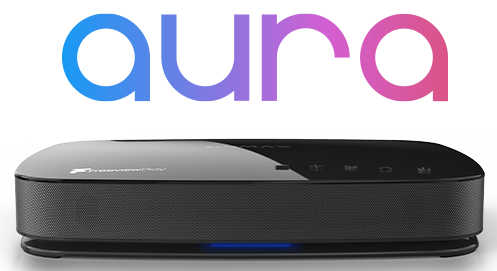grahamlthompson - 8 hours ago »
Faust - 1 minute ago »
As I found out to my cost though Graham I couldn't get away with losing 4db on COM7/8.
The really odd thing about this though is that I can still get the local mux 36 I think, which shows 'This is Birmingham' which is on even lower power than COM7/8 even when it's 'high pressure' weather and COM7/8 have gone off the cliff.
I have tried a 5db to 20db attenuator (just in case the signal was 'too strong'). This made the problem worse. I will just sit it out until the frequency is shut down. I've got Freesat so all is not lost.
The difference is the local mux isn't part of a SFN so not affected by adjacent transmitters using the same UHF carriers.
I was talking to an aerial fitter a couple of weeks ago from the Stoke on Trent area. He was telling me they are having some real issues with COM7/8 in Stoke. Apparently they have been advising people they need to switch from a Group A aerial to a wideband (mainly Log Periodic like I have had fitted).
However, even when they have fitted new aerials customers still can't get COM 7/8. The fitter was saying that in Stoke part of the city can only get a signal from the Fenton transmitter whereas the other half can use either Fenton or the main transmitter at Sutton Coldfield. The fitter thinks that the SC transmitter may be causing interference for those using Fenton and Fenton is causing interference for those on SC.
Whether that is true or not I couldn't say, though I know Fenton is a relay for SC. A quick search shows COM 7 Fenton on C32 (562.0MHz) and COM 8 on C34 (578.0MHz) whereas Sutton is on COM 7 C55 (746MHz) and COM 8 on C56 (754MHz)
| Sat 28 Apr 2018 21:56:01
#24 |


